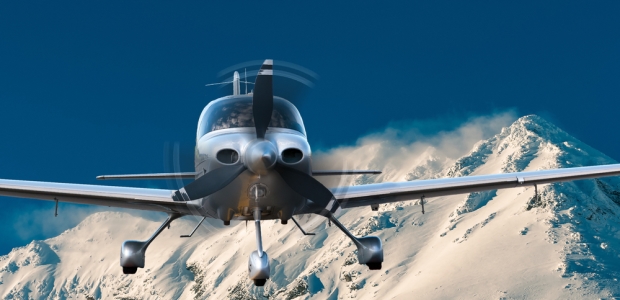
NTSB Revisiting Alaska Aviation Safety at Nov. 5 Seminar
From 2011 through September 2016, NTSB investigated 76 general aviation accidents in Alaska involving loss of control in flight that resulted in 31 fatalities and 38 injuries.
Earl Weener, a National Transportation Safety Board member, and also the chief of the agency's Alaska regional office, Clinton Johnson, are scheduled to speak at a Nov. 5 aviation safety seminar being held by the Alaskan Aviation Safety Foundation at the University of Alaska, Anchorage. The seminar, titled "Loss of Control: Lessons Learned," is scheduled for 8 a.m. to 4:30 p.m. Alaska Standard Time.
The seminar's agenda includes case studies, training solutions, and resources for preventing loss of control situations.
"Safety is a cornerstone of aviation and aviation is a foundation of life in Alaska, and yet every year dozens of Alaskans and visitors are killed in aviation mishaps around the state," said Harry Kieling, chairman of the foundation. "The single biggest reason is loss of control. We know what causes loss of control, yet we seem unable to alert our pilots on how to avoid it. The Alaskan Aviation Safety Foundation and the National Transportation Safety Board are determined to educate Alaskan aviators on how to prevent loss of control."
Preventing loss of control in flight in the general aviation community is on NTSB's Most Wanted List of Transportation Safety Improvements. The agency reports that an average of 100 aircraft accidents per year occurred in Alaska during the past decade, and about 80 percent of those involved general aviation or non-commercial flights. About 47 percent of all fatal, fixed-wing, general aviation accidents between 2008 and 2014 nationwide involved pilots losing control of their aircraft in flight, and those incidents resulted in more than 1,200 fatalities. From 2011 through September 2016, NTSB investigated 76 general aviation accidents in Alaska involving loss of control in flight that resulted in 31 fatalities and 38 injuries.
For more information about the seminar, contact the foundation at [email protected].